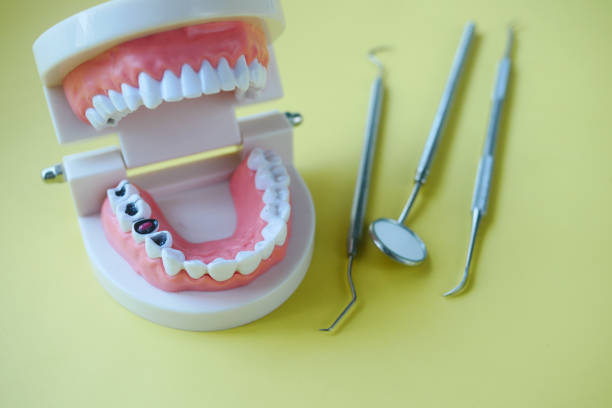Is Invisalign Covered Under Dental Insurance?

Did you know that orthodontic treatments, including braces and removal appliances, are the most commonly claimed medical procedures under private health insurance (based on information from the Australian Private Health Insurance Ombudsman)? That should assure you that your invisalign treatment can be included in your dental insurance cover. Take note that such coverage is only available in private health insurance.
How To Claim Your Invisalign Treatment
The fact that invisalign is a form of removable brace, means that it would be classified as an orthodontic treatment. In this case, the Australian Private Health Insurance Ombudsman (PHIO) provides a useful guide to help you in claiming this treatment.
The PHIO advices that you should get a written treatment plan from your orthodontist, beforehand. This is because various health funds must first determine your orthodontic benefits, based on the Orthodontic Treatment Plan.
A treatment plan normally includes such details as:
– Estimated length of treatment
– Total cost of treatment
– Dental item number for identifying the treatment
– How you’ll pay for treatment (this may be in monthly installments or lump sum payment).
When presented with a copy of the treatment plan, your health fund will provide you with a benefit quote. Such a quote would be based on your treatment, as well as your level of cover.
Benefit Limits And Waiting Periods
Different health funds offer varied benefit limits; although they all tend to have a similar waiting period of 12 months. A waiting period is simply the time you need to wait, after commencement of your cover, before you’re eligible to claim any benefits. Remember to first shop around for health funds offering the best benefit limits, before settling on one.
Some funds offer accrued benefits, whereas others have only fixed benefits. In the case of fixed benefits, you would be allowed to claim a certain amount of benefit per year, which would also have an overall cap beyond which you cannot claim in your lifetime. In the case of accrued benefits, there still exists a maximum lifetime cap, but the yearly benefit amount increases continually on a yearly basis.
When making a choice of the most suitable coverage, always take into consideration the yearly benefits and lifetime caps. You must ensure that those specific amounts would significantly offset your orthodontic treatment costs. This is especially so, since the Australian Society of Orthodontists reveals that orthodontic treatment for both upper and lower braces would range from $4,500 to $8,000.
Your Choice Of Medical Professional Can Affect Your Benefits
It’s critically important that you clearly understand the conditions for your health insurance. In certain instance, the health fund may give lower benefits if your orthodontic treatment is carried out by a general dentist, instead of an orthodontist. Therefore, you should advise your fund concerning your health care provider beforehand. Fortunately, many health funds provide similar benefits, whether you receive treatment from an orthodontist or a general dentist.
Considering all the technical aspects that may affect your benefits, you should always keenly analyze all the conditions that apply to your coverage. This will ensure that you get the most appropriate coverage for your invisalign treatment.


Comments are closed.